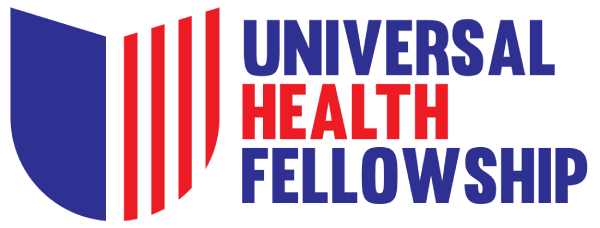National Dental Hygiene Month
October is home to several awareness months and days, including National Dental Hygiene Month. This awareness month is dedicated to promoting healthy mouths and celebrating the hard work your dental hygienist does to keep your teeth squeaky clean. This month-long program focuses primarily on the oral health of children, but also serves to remind adults of the best ways to keep their teeth taken care of.
Four Steps for Proper Brushing Technique
Did you know there’s a proper brushing technique? Whether you didn’t know or need a refresher, we’ve listed the steps below:

- Get the right angle. For the most effective brushing, tilt the toothbrush at a 45-degree angle.
- Get the motion down. Gently move the toothbrush back and forth and in small circles. Be careful not to press on the teeth too hard.
- Cover all surfaces. Be sure to get your toothbrush all the way to your gums, behind your teeth, and all the way to those back molars.
- Don’t forget the tongue! Loads of bacteria live on your tongue, so it’s important to clean it with your teeth. Brush gently for about 30 seconds, moving from the back of your tongue to the front.
Many dentists recommend an electric toothbrush if you can afford it. While they can be an expensive investment, oftentimes an electric toothbrush can better clean your teeth and make your job of brushing easier. Many of these toothbrushes include timers and maps of your teeth on an app to show spots you’re missing. That being said, a manual toothbrush is just as good if you follow the proper brushing technique.
The Elements of Good Oral Health

- Brushing. Brush your teeth twice a day with a soft toothbrush – once after breakfast and again before bed. Make sure to use fluoride-containing toothpaste.
- Flossing. This should be done once a day, ideally right before bedtime, when retained food particles can do the most harm.
- Visit your dentist regularly. Visiting the dentist every 6 months will helps dentists prevent tooth decay, plaque, stop gum disease, and will ultimately save you money. Prevention-medicine is the best way to stay healthy and that applies to your teeth, too!
- Wear your retainers. If you’ve had braces or clear aligners, it’s important to continue wearing your retainers otherwise your teeth will shift and could cause problems in the future.
- Eat a balanced diet. Whole grains and dairy products, vegetables, fruits, and nuts, together with meat, fish, and sweets in moderation, help to reduce sugars and contribute to overall health (that includes your teeth!).
- Chew sugar-free gum. Chewing sugar-free gum for 20 minutes after eating helps to remove debris from teeth, boost saliva production, which helps to manage acid buildup, and contributes important minerals to tooth enamel.
- Rinse your mouth with an antibacterial mouthwash. Most mouthwashes recommend being used twice a day after brushing and flossing to prevent plaque and gingivitis.
For more information on National Dental Hygiene Month, visit the American Dental Health Association here.




